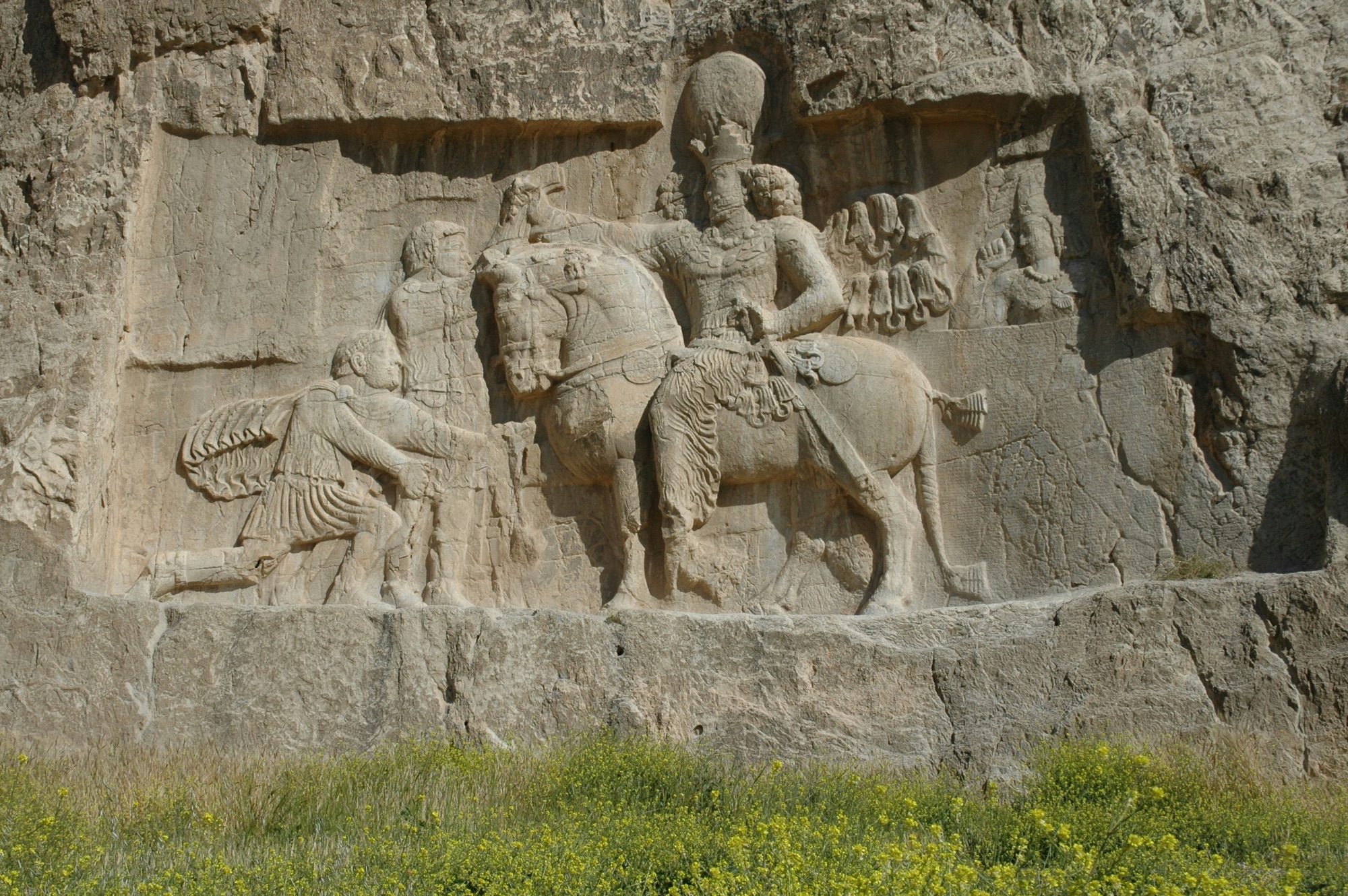The ancient civilization of Persia, one of the world’s earliest and most influential empires, has left an indelible mark on history. Spanning over 2,500 years, from the Achaemenid Empire founded by Cyrus the Great to the Sassanian Empire, Persia has shaped culture, governance, and art across vast regions of Asia, Europe, and the Middle East. As Persia’s political and cultural influence declined following the Islamic conquest in the 7th century, the region gradually transformed into what is now modern-day Iran. But is Iran the true successor to the glorious Persian Empire? This question involves delving into the historical, cultural, and geopolitical continuities and differences between ancient Persia and the Islamic Republic of Iran.
Historical Continuity: From Persia to Iran
The connection between Persia and Iran is rooted in the very name of the country. Historically, the term “Persia” was primarily used by Western countries, derived from “Persis” (modern-day Fars), a region in the southwestern part of Iran. The name “Iran,” which translates to “Land of the Aryans,” has been used domestically for centuries, but it officially replaced “Persia” in 1935 during the reign of Reza Shah Pahlavi to reflect a broader national identity.
Evolution of National Identity
The historical lineage from the ancient Persian empires to modern Iran is evident. The Achaemenid, Parthian, and Sassanian empires laid the groundwork for what is considered Persian culture, influencing language, architecture, and administrative systems that have persisted in some form into the present day. Despite undergoing profound changes through invasions, religious shifts, and cultural transformations, Iran’s identity still retains a connection to its Persian roots.
One practical example of this continuity is the administrative divisions used in modern Iran, which can trace their origins back to the satrapies of the Achaemenid Empire. These historical administrative regions were an early form of governance that allowed for effective management over vast territories, a practice mirrored in Iran’s contemporary provincial structure.
The Role of Language
Farsi, the modern Persian language, plays a crucial role in maintaining a continuous cultural identity. Although Farsi has evolved, its roots in Middle Persian and its use in literature, government, and daily communication remain strong. The language itself is a vessel of cultural heritage, carrying forward expressions and idioms that have persisted for centuries.
Cultural Identity: Persian Influence in Modern Iran
One of the strongest links between Persia and modern Iran is cultural continuity. The Persian language, now known as Farsi, remains the official language of Iran, with its grammar and lexicon largely derived from Middle Persian. Literary masterpieces like Ferdowsi’s “Shahnameh” (“Book of Kings”), written in the 10th century, continue to be celebrated as vital expressions of Persian identity, even centuries after the fall of the Sassanian Empire.
Literature and Art as Cultural Pillars
Persian art, poetry, and architecture remain central to Iranian culture. The grandeur of Persepolis, the elegance of Persian miniatures, and the works of poets like Rumi and Hafez are revered symbols of national pride. These cultural elements serve as a bridge connecting modern Iranians to their ancient past, offering a sense of continuity and identity.
Festivals such as Nowruz, the Persian New Year, which has pre-Islamic Zoroastrian roots, are celebrated nationwide, illustrating the enduring influence of Persian customs on Iranian society. Nowruz, in particular, is a vibrant celebration that transcends religious and political boundaries, uniting Iranians from diverse backgrounds in a shared cultural tradition.
Integration of Islamic and Persian Elements
However, Iran’s culture is also a product of Islamic, Arab, Turkic, and Mongol influences. Following the Islamic conquest, the region underwent a transformation as it integrated Islamic principles into its societal fabric. Over time, Shi’a Islam became deeply intertwined with Iranian identity, culminating in the establishment of the Safavid dynasty in the 16th century, which institutionalized Shi’ism as the state religion.
The blending of Islamic and Persian elements is evident in many aspects of Iranian life, from architectural styles that incorporate Islamic motifs into traditional Persian designs, to the fusion of Persian and Arabic words in the Farsi language.
Political Evolution: From Empire to Nation-State
In considering whether Iran is the logical successor to Persia, it is crucial to examine the political transitions from ancient empires to the modern nation-state. The Persian empires were characterized by centralized governance, expansive territorial control, and a degree of religious tolerance. The Achaemenid Empire, in particular, is noted for its administrative sophistication and the respect it showed toward local customs and religions within its territories.
Governance and Modern Ideology
Modern Iran, in contrast, is a theocratic republic, shaped by the 1979 Islamic Revolution, which brought an entirely new ideological framework to governance. The shift from a monarchical state, rooted in Persian tradition, to a religious state governed by Islamic law marked a significant departure from the political principles of the ancient Persian empires.
Despite this ideological shift, certain continuities remain: Iran’s strategic importance, regional aspirations, and emphasis on cultural identity echo the influence and ambitions of the Persian dynasties. The modern Iranian government, while based on Islamic principles, often invokes the legacy of Persian rulers to bolster national unity and pride.
Strategic Governance: Past and Present
Iran’s strategic location, controlling vital trade routes and resources, mirrors the geopolitical significance of ancient Persia. The Persian empires were known for their diplomatic relations with neighboring powers, a tradition that continues as Iran navigates complex international relations in a similarly volatile region.
Geopolitical Considerations: Iran’s Role in the Middle East
From a geopolitical perspective, modern Iran holds a position reminiscent of Persia’s historical influence in the region. Just as the Persian empires once dominated vast territories and maintained complex diplomatic relationships with surrounding powers, Iran today is a key player in the Middle East.
Modern Diplomatic Strategies
The country’s strategic location, control over vital resources like oil, and its pursuit of influence in neighboring countries are consistent with Persia’s historical role as a regional hegemon. Iran’s geopolitical strategies often draw upon historical narratives to justify contemporary ambitions, invoking the legacy of Persian leadership in regional affairs.
However, Iran’s ideological motivations differ sharply from those of its Persian predecessors. The Islamic Republic’s political discourse is heavily influenced by Shi’a ideology and revolutionary principles, contrasting with the more secular and pluralistic governance of the Persian empires. Yet, Iran often draws on its Persian legacy when asserting its regional identity, invoking figures like Cyrus the Great to bolster nationalist sentiment.
Nationalism and Identity: The Duality of Persian and Islamic Heritage
The debate over whether Iran is the logical successor to Persia is closely tied to the complex interplay between Persian and Islamic identities within the country. Iranian nationalism has long grappled with these dual influences. On one hand, the Pahlavi dynasty (1925-1979) emphasized pre-Islamic Persian history, promoting symbols of the ancient empires as a source of pride and legitimacy. On the other hand, the Islamic Republic places greater emphasis on Iran’s Islamic heritage, positioning itself as the defender of Shi’a Islam and downplaying elements of pre-Islamic history.
Blending of Identities
Yet, for many Iranians, these identities are not mutually exclusive. Persian cultural pride coexists with Islamic piety, forming a unique national consciousness that blends both traditions. This duality is often evident in cultural expressions, such as the revival of traditional crafts that incorporate Islamic motifs, or in public celebrations that honor both Persian and Islamic heritage.
Even the Islamic Republic has, at times, embraced elements of Persian heritage when it serves its interests, such as promoting the concept of “Iranian civilization” in contrast to Western cultural dominance. This pragmatic approach highlights the fluid nature of national identity, where historical narratives are adapted to fit contemporary needs.
Cultural Preservation and Modern Challenges
The preservation of Persian heritage in modern Iran faces both opportunities and challenges. As globalization and technological advancement bring new cultural influences, there is a growing emphasis on preserving traditional arts, crafts, and customs.
Efforts in Cultural Preservation
Organizations and government initiatives have been established to protect historical sites and promote Persian culture domestically and internationally. For instance, Iran has made significant efforts to preserve UNESCO World Heritage sites like Persepolis, which serve as enduring symbols of Persian achievement.
Furthermore, educational programs aimed at teaching Farsi literature and history are vital in maintaining cultural continuity. Schools and universities often include Persian classics in their curricula, ensuring that new generations remain connected to their rich heritage.
Conclusion: A Complex Succession
While Iran can be considered the logical successor to Persia in terms of cultural continuity, linguistic heritage, and geographical location, the transformation from ancient empires to the modern nation-state has introduced significant changes. The Persian identity that once defined an empire has been reinterpreted and reshaped through centuries of Islamic influence, political upheaval, and evolving national identity. Iran today stands as a blend of both its Persian and Islamic legacies, reflecting a complex history that intertwines ancient glory with contemporary ideology.
Whether seen as the successor to Persia or as a unique entity forged from multiple influences, Iran remains deeply rooted in the cultural and historical legacy of its Persian past. This intricate tapestry of identities continues to define Iran’s place in the world, as it balances the weight of its history with the demands of modernity.




